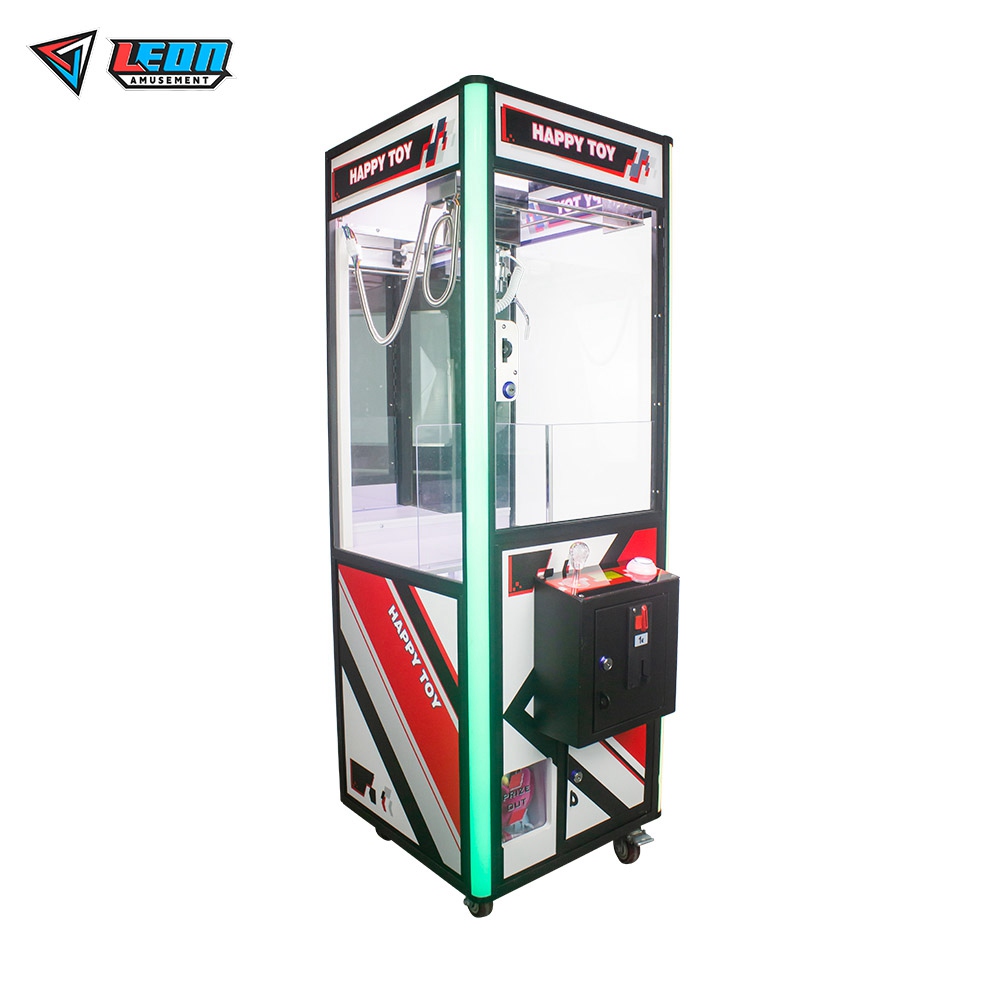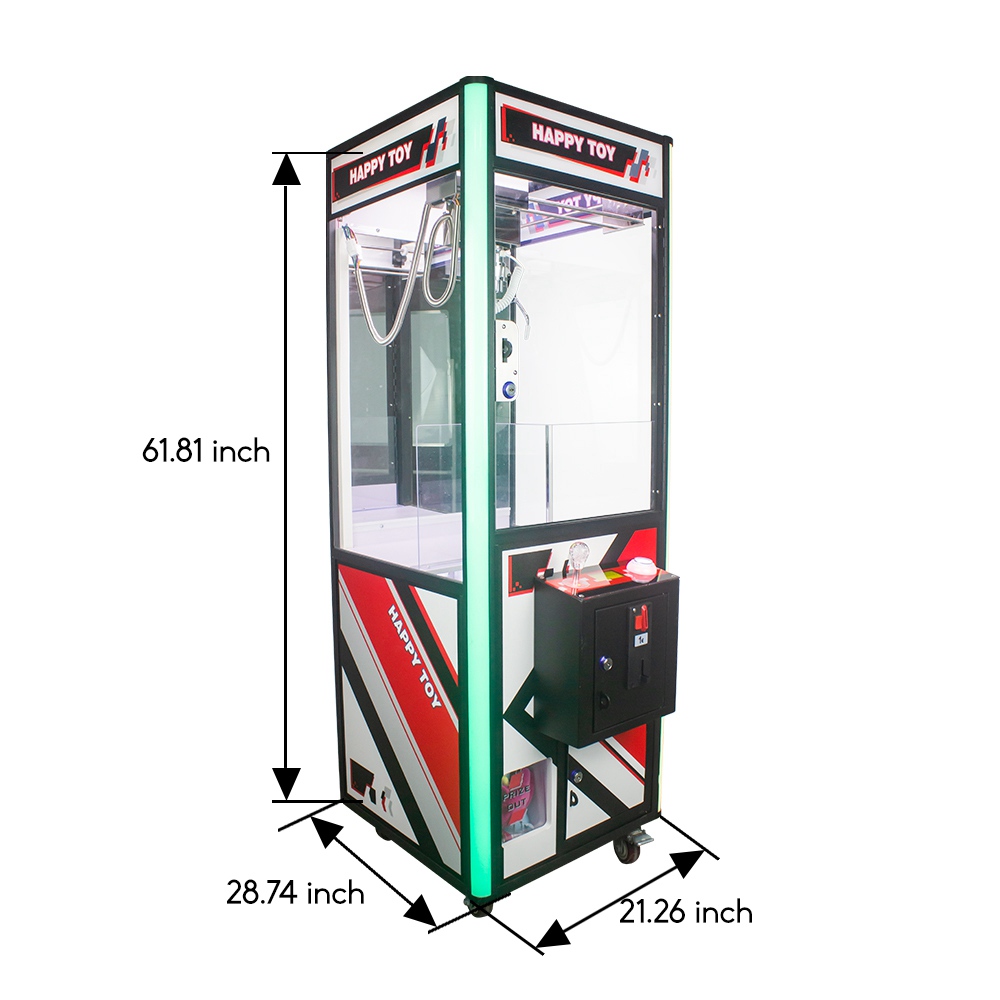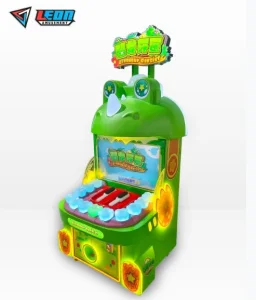Players control a claw to grab prizes, with claw strength and payout settings affecting win chances. Another common question involves winning strategies, like focusing on loosely packed prizes or those near the drop zone. Many also wonder about machine costs, which range from $500 to $2,500. Some ask how often prizes are restocked, typically after 100-200 plays. Others inquire about profitability; machines can generate $200 to $1,000 monthly in high-traffic areas.
Table of Contents
ToggleCan claw machines really grab dolls
Yes, but it’s not guaranteed. Data from the Japan Amusement Industry Association indicates that claw machines generally have a success rate between 10%-25%, depending on their settings. Studies show that the claw’s grip strength is often set around 1.8 pounds (about 0.8 kilograms), while most dolls weigh between 0.7 to 1.5 pounds. Some Japanese machines even automatically adjust the claw strength by ±0.2 pounds, increasing the difficulty. Players typically need to play multiple times to learn the best timing for a successful grab.
Why does the doll fall off after being grabbed
The claw can tighten to 1.5–2.5 pounds, but with the average doll weighing about 0.7 pounds, the stronger claws sometimes overcompensate, leading to breakdowns. Surveys indicate that over 65% of claw machines have grip strength below what’s needed to securely hold a doll while moving it to the prize-dropping area, resulting in a higher probability of the doll falling off. The doll’s placement and center of gravity also play a role in its likelihood of falling. Dolls that are only partially squished or have shifted centers of balance are particularly prone to slipping.

How to increase the chances of catching a doll
You can improve your chances by avoiding poorly positioned dolls and targeting those that are smaller or have smoother surfaces. Another tip is to observe the machine’s frequency of successful grabs. Studies suggest that most captures occur within the first ten attempts, so switching machines after a few failures might increase your odds. Additionally, machines with rubber pads or silicon skins on the claws can boost your chances by about 10%.
Why does the claw machine sometimes suddenly become easier
According to statistics from the National Amusement Industry Association of Taiwan, many claw machines are set with a “winning cycle,” where the claw’s grip strength increases by about 30% after a certain number of attempts, often once in 20 or 25 tries. This temporary boost can raise the success rate above 50%, offering a better chance for players to win. Players who are aware of this can time their attempts to coincide with these cycles for a higher likelihood of success.

Can the claw be adjusted to cheat
Claw machine designs are generally closed, and adjusting the grip strength requires tools that only professionals or authorized personnel have access to. According to American amusement equipment standards, claw strength adjustments typically range between 1.5 to 3 pounds. Surveys show that about 90% of merchants adjust the claw strength after every 500 plays based on profitability. Regular players cannot access these adjustments, and any attempt to tamper with the machine will trigger an alarm, stopping the machine from functioning.
Is there a “best time” to play claw machines
Many merchants alter the difficulty or payout mechanism of a machine during peak times to attract more players. For instance, during holidays, some vendors increase the claw’s grip strength from 1.8 to 2.2 pounds, simplifying the game by about 22%. Market data shows that the actual success rate during holidays is 15%-20% higher than on regular days. Playing during these peak times can increase your chances of winning, especially when merchants add special dolls to draw attention.




